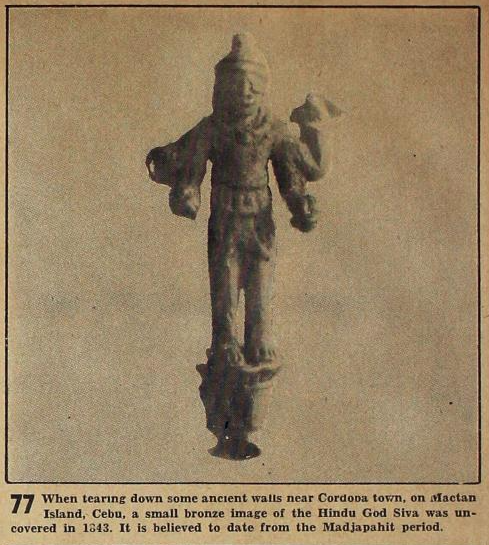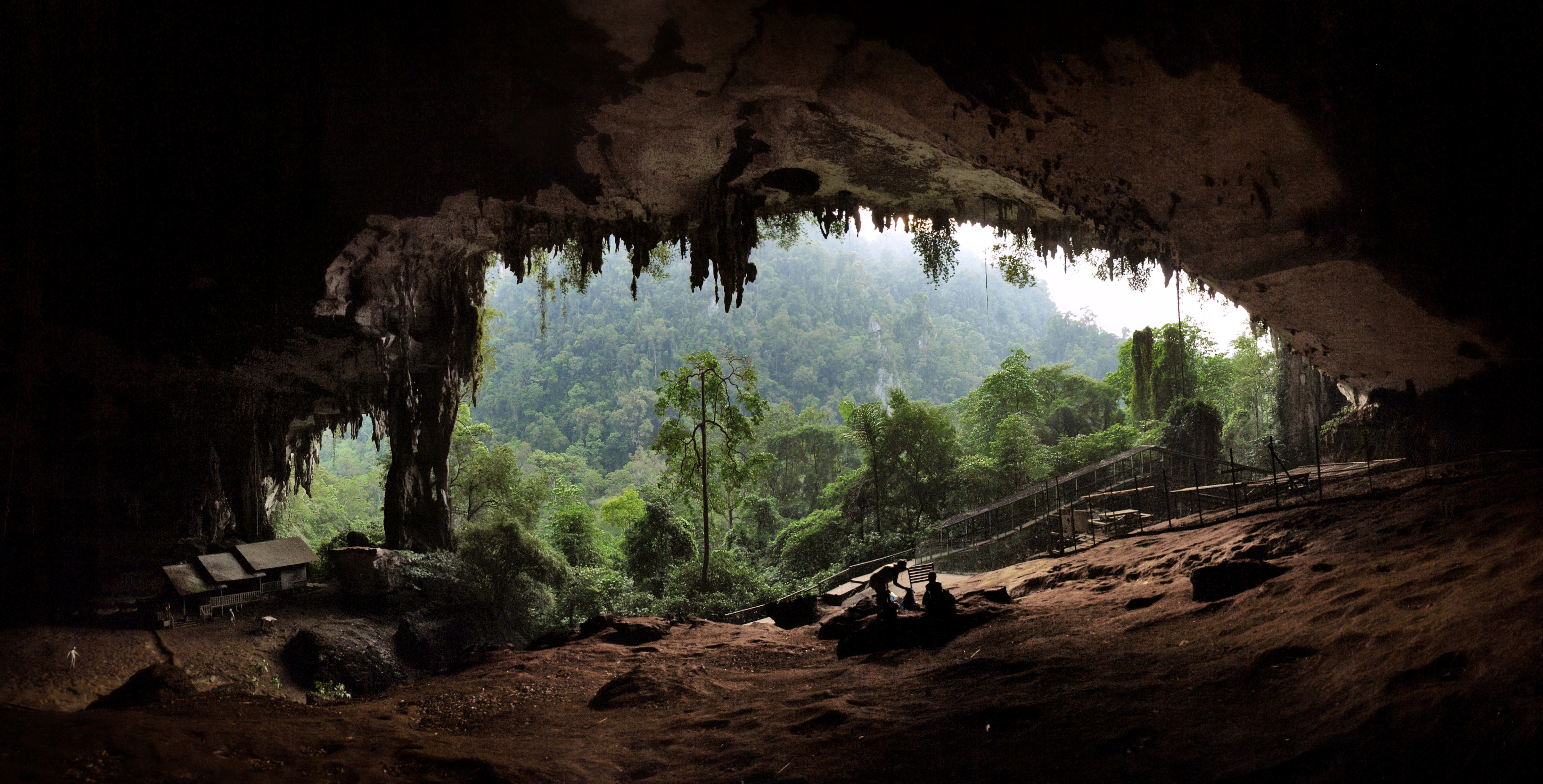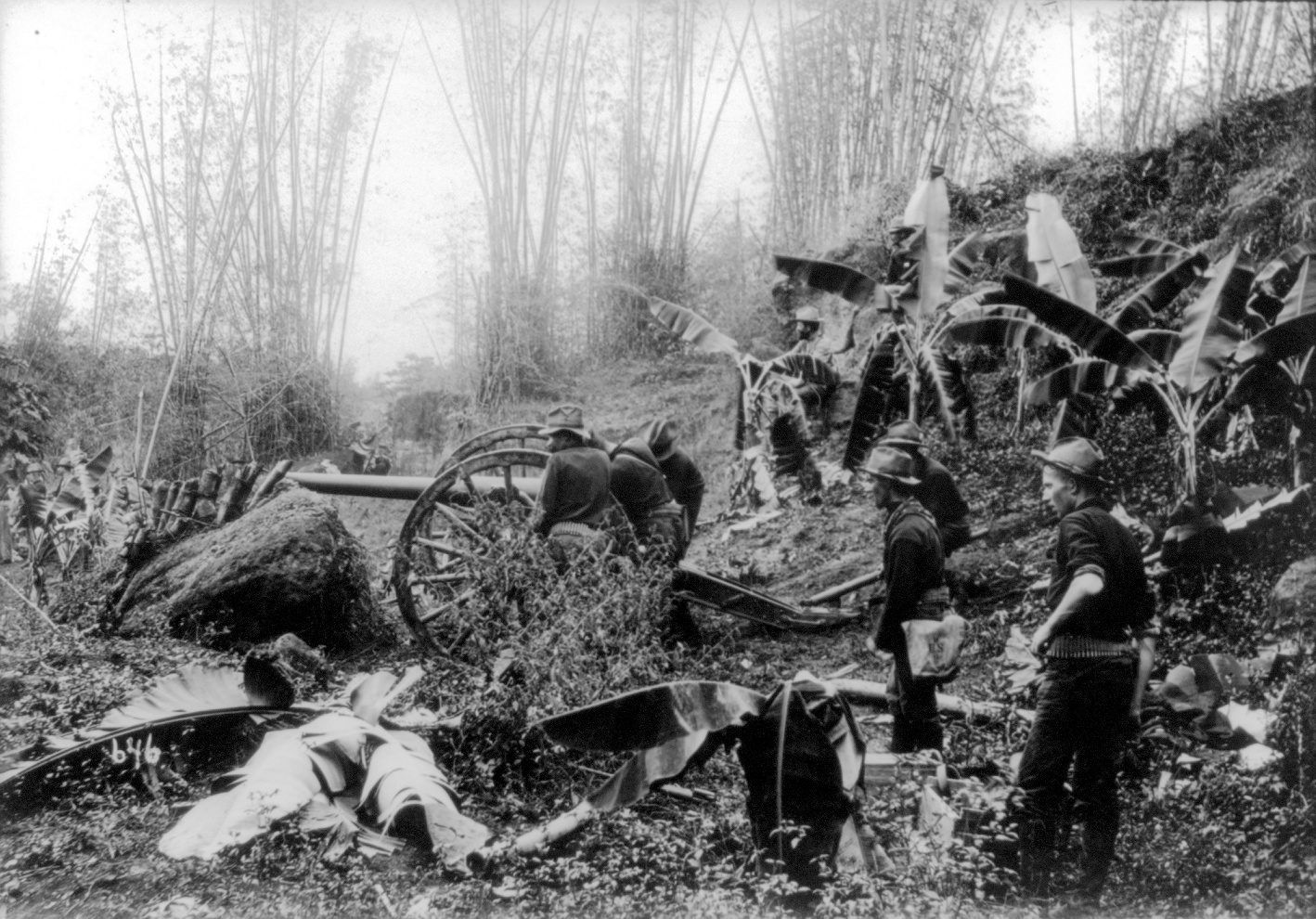|
Malaysia–Philippines Relations
Malaysia–Philippines relations ( ms, Hubungan Filipina–Malaysia; fil, Ugnayang Malayo-Pilipino) refers to the bilateral relations between Malaysia and the Philippines. The Philippines has an embassy in Kuala Lumpur, and Malaysia has an embassy in Manila and a consulate general in Davao City. The people of the two neighbouring countries have a long history of cultural and political relations. They are both founding members of the Association of Southeast Asian Nations, both countries are of Malayo-Polynesian stock, and both are important trading partners. The two countries have participated in joint conservation and security measures in the Sulu Sea, which lies between the two countries. Malaysia has assisted in peacekeeping efforts in Mindanao, although in the past the attempt of President Ferdinand Marcos to retake eastern Sabah under the claim of the Sultanate of Sulu by forces through "Operation Merdeka" failed badly. Following the arrest of Nur Misuari in 2001, Malaysi ... [...More Info...] [...Related Items...] OR: [Wikipedia] [Google] [Baidu] |
Embassy Of The Philippines, Kuala Lumpur
The Embassy of the Philippines in Kuala Lumpur is the diplomatic mission of the Republic of the Philippines to Malaysia. It is at 1 Jalan Changkat Kia Peng in central Kuala Lumpur, near significant city landmarks like the Kuala Lumpur City Centre and Bukit Bintang. History The establishment of a Philippine diplomatic presence in the then-Federation of Malaya was first called for in the second State of the Nation Address of President Carlos P. Garcia, which led to the opening of a legation later that year shortly after the country attained independence. The legation was later upgraded to a full embassy in 1961, with Yusup Abubakar, deployed at the time to the Philippine Embassy in Cairo, and who a decade earlier was appointed as consul to Singapore, Malaya and North Borneo by President Elpidio Quirino, becoming the first resident Philippine ambassador. The Embassy was ordered to close twice in the 1960s, both times because of the North Borneo dispute. In 1963, the Philippine gove ... [...More Info...] [...Related Items...] OR: [Wikipedia] [Google] [Baidu] |
Spratly Islands
The Spratly Islands ( fil, Kapuluan ng Kalayaan; zh, c=南沙群島/南沙群岛, s=, t=, p=Nánshā Qúndǎo; Malay, id, Kepulauan Spratly; vi, Quần đảo Trường Sa) are a disputed archipelago in the South China Sea. Composed of islands, islets, cays, and more than 100 reefs, sometimes grouped in submerged old atolls, the archipelago lies off the coasts of the Philippines, Malaysia, and southern Vietnam. Named after the 19th-century British whaling captain Richard Spratly who sighted Spratly Island in 1843, the islands contain less than of naturally occurring land area, which is spread over an area of more than . The Spratly Islands are one of the major archipelagos in the South China Sea which complicate governance and economics in this part of Southeast Asia due to their location in strategic shipping lanes. The islands are largely uninhabited, but offer rich fishing grounds and may contain significant oil and natural gas reserves,Owen, N. A. and C. H. Schofi ... [...More Info...] [...Related Items...] OR: [Wikipedia] [Google] [Baidu] |
Singhapala
Singhapala (Baybayin: , ceb, Dakbayan sa Singapala, tl, Lungsod ng Singapala, Old Malay: ''Kota Singapura'') was an ancient fortified city or a region, the capital of the Indianized Rajahnate of Cebu. The location of this ancient city is what is now the modern Barangay Mabolo in the northern district of Cebu City. Founded by Sri Lumay or ''Raja MudaSantarita, J. B. (2018). Panyupayana: The Emergence of Hindu Polities in the Pre-Islamic Philippines. Cultural and Civilisational Links Between India and Southeast Asia, 93–105. Lumaya'', a half-Tamil prince from Sumatra. Background Etymology The name ''Singhapaha'' comes from Sanskrit word via Orang Keling ''Singama'' (சிங்கம்) become ''Singa'' in Old Malay which means (Lion), and ''Puram'' (புரம்) (Town or a City) which become ''Pura'' in Old Malay and then ''Pala'' in Philippine languages, it's variation of the sanskritized Singa-Puram, ''Singapura'' literally means "Lion city" from ''Singapur' ... [...More Info...] [...Related Items...] OR: [Wikipedia] [Google] [Baidu] |
Rajahnate Of Cebu
Cebu, or Sugbu, also called the Cebu Rajanate, was an Indianized raja (monarchical) mandala (polity) on the island of Cebu in the Philippines prior to the arrival of the Spanish conquistadors. It is known in ancient Chinese records as the nation of Sokbu (束務). According to Visayan oral legend, it was founded by Sri LumaySantarita, J. B. (2018). Panyupayana: The Emergence of Hindu Polities in the Pre-Islamic Philippines. Cultural and Civilisational Links Between India and Southeast Asia, 93–105. or Rajamuda Lumaya, a minor prince of the Tamil Chola dynasty which occupied Sumatra. He was sent by the maharajah from India to establish a base for expeditionary forces, but he rebelled and established his own independent polity. The capital of the nation was Singhapala (சிங்கப்பூர்) which is Tamil-Sanskrit for "Lion City", the same rootwords with the modern city-state of Singapore. History Foundation of the rajahnate According to Visayan folklore, Sri L ... [...More Info...] [...Related Items...] OR: [Wikipedia] [Google] [Baidu] |
Visayas
The Visayas ( ), or the Visayan Islands (Bisayan languages, Visayan: ''Kabisay-an'', ; tl, Kabisayaan ), are one of the three Island groups of the Philippines, principal geographical divisions of the Philippines, along with Luzon and Mindanao. Located in the central part of the archipelago, it consists of several islands, primarily surrounding the Visayan Sea, although the Visayas are also considered the northeast extremity of the entire Sulu Sea. Its inhabitants are predominantly the Visayan peoples. The major islands of the Visayas are Panay, Negros (Philippines), Negros, Cebu Island, Cebu, Bohol Island, Bohol, Leyte and Samar. The region may also include the provinces of Palawan, Romblon, and Masbate whose populations identify as Visayan and whose languages are more closely related to other Visayan languages than to the major languages of Luzon. There are three administrative Regions of the Philippines, regions in the Visayas: Western Visayas (pop. 7.9 million), Central V ... [...More Info...] [...Related Items...] OR: [Wikipedia] [Google] [Baidu] |
Rump State
A rump state is the remnant of a once much larger state, left with a reduced territory in the wake of secession, annexation, occupation, decolonization, or a successful coup d'état or revolution on part of its former territory. In the last case, a government stops short of going into exile because it controls part of its former territory. Examples Ancient history *During the Second Intermediate Period, following the conquest of Lower Egypt by the Hyksos, there was a rump Egyptian kingdom in Upper Egypt centered on Thebes, which eventually reunified the country at the start of the New Kingdom. * Seleucid Empire after losing most of its territory to the Parthian Empire. * The State of Shu Han during the Chinese Three Kingdoms Period, claimed to be a continuation of the original Han Dynasty. * After the collapse of the Western Roman Empire in Gaul, the Kingdom of Soissons survived as a rump state under Aegidius and Syagrius until conquered by the Franks under Clovis I in 486. *Ga ... [...More Info...] [...Related Items...] OR: [Wikipedia] [Google] [Baidu] |
History Of Sarawak
The History of Sarawak can be traced as far as 40,000 years ago to the paleolithic period where the earliest evidence of human settlement is found in the Niah caves. A series of Chinese ceramics dated from the 8th to 13th century AD was uncovered at the archeological site of Santubong. The coastal regions of Sarawak came under the influence of the Bruneian Empire in the 16th century. In 1839, James Brooke, a British explorer, first arrived in Sarawak. Sarawak was later governed by the Brooke family between 1841 and 1946. During World War II, it was occupied by the Japanese for three years. After the war, the last White Rajah, Charles Vyner Brooke, ceded Sarawak to Britain, and in 1946 it became a British Crown Colony. On 22 July 1963, Sarawak was granted self-government by the British. Following this, it became one of the founding members of the Federation of Malaysia, established on 16 September 1963. However, the federation was opposed by Indonesia, and this led to the three-year ... [...More Info...] [...Related Items...] OR: [Wikipedia] [Google] [Baidu] |
Srivijaya Empire
Srivijaya ( id, Sriwijaya) was a Buddhist thalassocratic empire based on the island of Sumatra (in modern-day Indonesia), which influenced much of Southeast Asia. Srivijaya was an important centre for the expansion of Buddhism from the 7th to the 12th century AD. Srivijaya was the first polity to dominate much of western Maritime Southeast Asia. Due to its location, the Srivijaya developed complex technology utilizing maritime resources. In addition, its economy became progressively reliant on the booming trade in the region, thus transforming it into a prestige goods-based economy. The earliest reference to it dates from the 7th century. A Tang dynasty Chinese monk, Yijing, wrote that he visited Srivijaya in year 671 for six months. The earliest known inscription in which the name Srivijaya appears also dates from the 7th century in the Kedukan Bukit inscription found near Palembang, Sumatra, dated 16 June 682. Between the late 7th and early 11th century, Srivijaya rose ... [...More Info...] [...Related Items...] OR: [Wikipedia] [Google] [Baidu] |
Kedatuan Of Madja-as
The Confederation of Madya-as was a legendary pre-colonial supra-baranganic polity on the island of Panay in the Philippines. It was mentioned in Pedro Monteclaro's book titled Maragtas. It was supposedly created by Datu Sumakwel to exercise his authority over all the other datus of Panay. Like the Maragtas and the Code of Kalantiaw, the historical authenticity of the confederation is disputed, as no other documentation for Madya-as exists outside of Monteclaro's book. However, the notion that the Maragtas is an original work of fiction by Monteclaro is disputed by a 2019 Thesis, named "Mga Maragtas ng Panay: Comparative Analysis of Documents about the Bornean Settlement Tradition" by Talaguit Christian Jeo N. of the De La Salle UniversityMga Maragtas ng Panay Comparative Analysis of Docume ... [...More Info...] [...Related Items...] OR: [Wikipedia] [Google] [Baidu] |
Philippine–American War
The Philippine–American War or Filipino–American War ( es, Guerra filipina-estadounidense, tl, Digmaang Pilipino–Amerikano), previously referred to as the Philippine Insurrection or the Tagalog Insurgency by the United States, was an armed conflict between the First Philippine Republic and the United States that started on February 4, 1899, and ended on July 2, 1902. The conflict arose in 1898 when the United States, rather than acknowledging the Philippines' Philippine Declaration of Independence, declaration of independence, annexed the Philippines under the Treaty of Paris (1898), Treaty of Paris at the conclusion of the Spanish–American War. The war can be seen as a continuation of the Philippine struggle for independence that began in 1896 with the Philippine Revolution against Spanish East Indies, Spanish rule. Fighting erupted between forces of the United States and those of the Philippine Republic on February 4, 1899, in what became known as the Battle of Manila ... [...More Info...] [...Related Items...] OR: [Wikipedia] [Google] [Baidu] |
Spanish Empire
The Spanish Empire ( es, link=no, Imperio español), also known as the Hispanic Monarchy ( es, link=no, Monarquía Hispánica) or the Catholic Monarchy ( es, link=no, Monarquía Católica) was a colonial empire governed by Spain and its predecessor states between 1492 and 1976. One of the largest empires in history, it was, in conjunction with the Portuguese Empire, the first to usher the European Age of Discovery and achieve a global scale, controlling vast portions of the Americas, territories in Western Europe], Africa, and various islands in Spanish East Indies, Asia and Oceania. It was one of the most powerful empires of the early modern period, becoming the first empire known as "the empire on which the sun never sets", and reached its maximum extent in the 18th century. An important element in the formation of Spain's empire was the dynastic union between Isabella I of Castile and Ferdinand II of Aragon in 1469, known as the Catholic Monarchs, which in ... [...More Info...] [...Related Items...] OR: [Wikipedia] [Google] [Baidu] |
British Empire
The British Empire was composed of the dominions, colonies, protectorates, mandates, and other territories ruled or administered by the United Kingdom and its predecessor states. It began with the overseas possessions and trading posts established by England between the late 16th and early 18th centuries. At its height it was the largest empire in history and, for over a century, was the foremost global power. By 1913, the British Empire held sway over 412 million people, of the world population at the time, and by 1920, it covered , of the Earth's total land area. As a result, its constitutional, legal, linguistic, and cultural legacy is widespread. At the peak of its power, it was described as "the empire on which the sun never sets", as the Sun was always shining on at least one of its territories. During the Age of Discovery in the 15th and 16th centuries, Portugal and Spain pioneered European exploration of the globe, and in the process established large overse ... [...More Info...] [...Related Items...] OR: [Wikipedia] [Google] [Baidu] |
.jpg)







